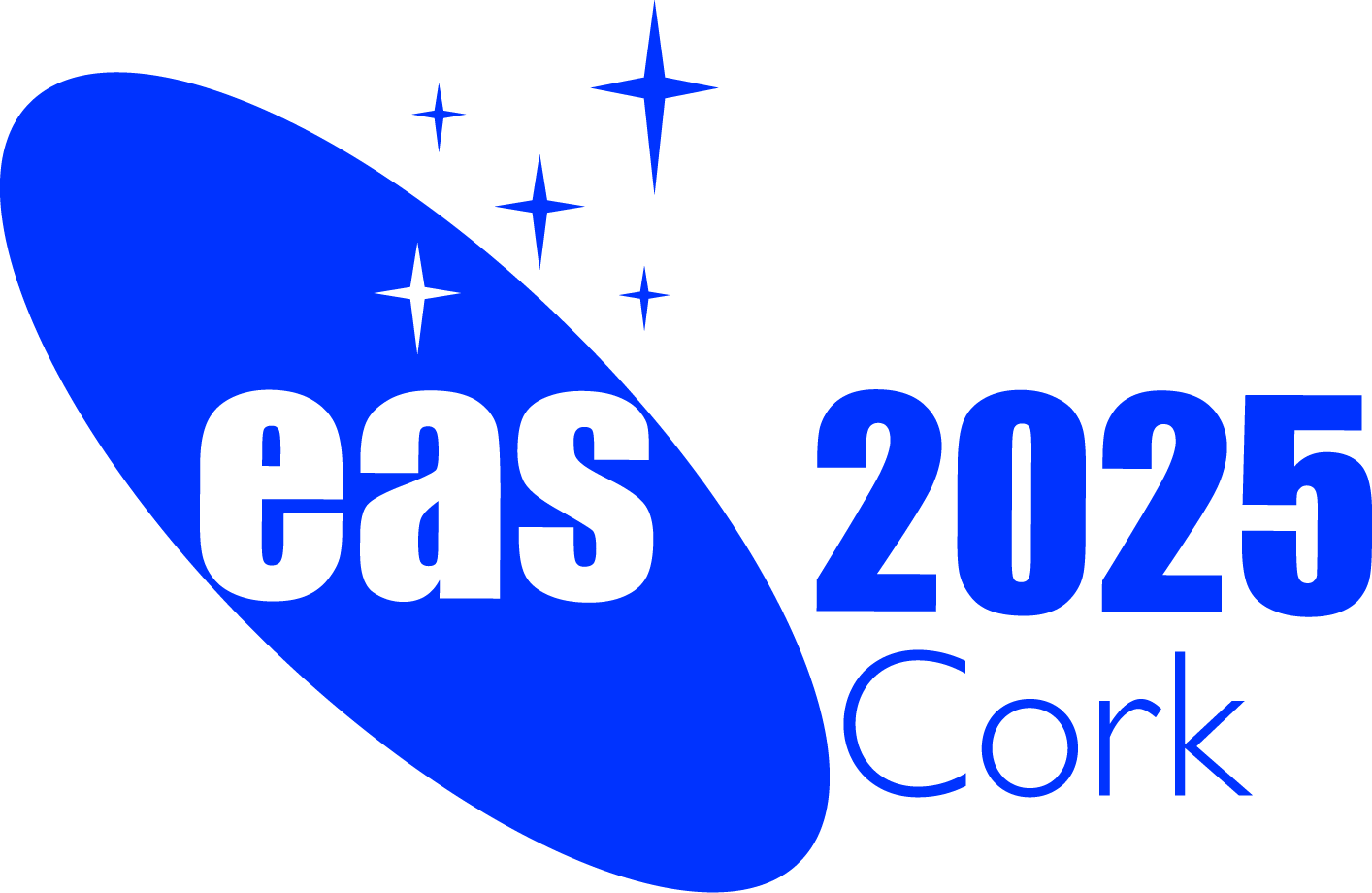Special Session SS13
27 June 2025
Highly magnetised neutron stars under the spotlight

Aims and scope
The last few years witnessed substantial advances in the field of highly magnetised neutron stars. Among the major developments and newly opened questions are:
- the launch of the NASA-ASI IXPE satellite allowed for the first detection of ultra-magnetised sources in polarised X-rays. This led to major advances in our understanding of the field by nailing down the geometry and orientation of X-ray pulsars, proving precession effects, probing the physical state of a magnetar surface and demonstrating the existence of two normal polarisation modes (and hence of super-strong magnetic fields);
- at the same time IXPE observations have shown that the polarisation in X-ray pulsars is relatively low, defying the predictions by all current models;
- the discovery of a Fast Radio Burst (FRB)-like event from a known Galactic magnetar strengthened the magnetar-FRB connection. However, this event, and the FRB from a globular cluster in M81, challenge the original idea of young, hyper-active, magnetars as counterparts, and instead opens the intriguing possibility of different kinds of sources hosting magnetars as the FRB engine;
- the discovery of pulsating Ultra-luminous X-ray sources (ULXs). Shining at super-Eddington luminosities and likely containing a neutron star, they can be explained in terms of an accreting magnetar, providing the first evidence of magnetars in binary systems;
- the discovery of linear-to-circular conversion in the polarised radio emission of XTE 1810-197 challenges simple theoretical expectations for the propagation of radio waves in the relativistic, highly-magnetised plasma around a magnetar;
- the ground-breaking discovery of GW170817, a neutron star-neutron star merger and the first transient observed through both GWs and light, opened a new era in the multimessenger study of neutron stars;
- new discoveries on the galactic NS population, as a large new eROSITA-based sample of X-ray thermally emitting isolated neutron stars, and the newly identified group of ultra-long period radio pulsars raise questions about the evolutionary link between magnetars and other classes of isolated neutron stars.
This special session will provide a forum for discussing the status, perspectives and challenges in the light of the most recent discoveries, exploring the many facets of strongly-magnetised neutron stars, from theory to observational manifestations. In all sections, next generation facilities for multi-wavelength and multi-messenger neutron star astronomy will be covered, setting the ground for their associated science cases.
Programme
- A theoretical overview on the physics in strong magnetic fields
- Neutron stars in X-ray binaries
- Pulsating ultra-luminous X-ray sources
- Magnetars and fast radio bursts
- Populations of isolated neutron stars
- Multi-wavelength polarimetry with present and future instrumentation
Invited speakers
- Manisha Caleb (Sydney Institute of Astronomy - University of Sydney, AUS)
- Sofia Forsblom (Department of Physics and Astronomy - University of Turku, FI)
- Felix Meeker-Fuerst (European Space Astronomy Centre - European Space Agency, ES)
- Silvia Zane (Mullard Space Science Laboratory - University College London, UK)
Scientific organisers
- Melania Del Santo, INAF/IASF Palermo, Italy
- Tiziana Di Salvo, University of Palermo, Italy
- Gianluca Israel, INAF/OA Roma, Italy
- Alexander Mushtukov, University of Oxford, UK
- Maura Pilia, INAF/OA Cagliari, Italy
- Bettina Posselt, University of Oxford, UK
- Juri Poutanen, University of Turku, Finland (co-chair)
- Nanda Rea, ICE-CSIC, Spain
- Roberto Taverna, University of Padova, Italy (chair)
- Roberto Turolla, University of Padova, Italy
- Silvia Zane, University College London, UK (co-chair)
Contact
Roberto Taverna (roberto.taverna @ unipd.it)
Roberto Turolla (turolla @ pd.infn.it)
Updated on Tue Feb 25 11:50:31 CET 2025
|

 A power cut will shut down all EAS services on Tuesday, 10 January 2017 starting at 7:30 CET.
A power cut will shut down all EAS services on Tuesday, 10 January 2017 starting at 7:30 CET.

